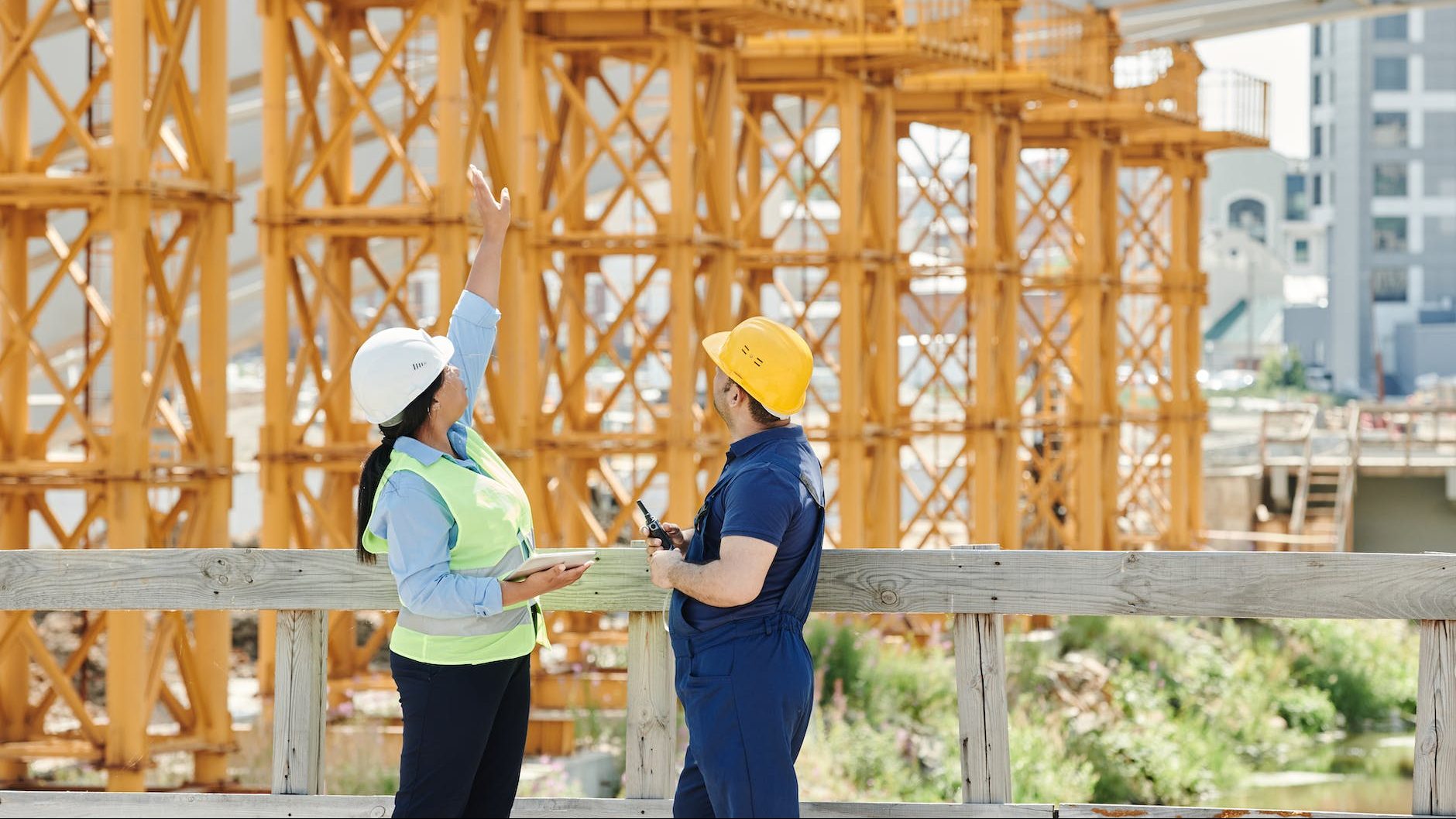
1. Enhanced Structural Integrity and Durability
One of the most surprising benefits of welding in construction is the enhanced structural integrity and durability it provides. When compared to other methods like bolting or riveting, welding offers a stronger and more reliable bond between materials. This is because the welding process involves melting and fusing metals together, creating a seamless connection that can withstand high stress and pressure. This results in a more robust structure that is less prone to wear, tear, and corrosion. Furthermore, by employing various welding techniques and using different types of metals, welders can create custom solutions to meet the unique requirements of each construction project, ensuring long-lasting and high-quality results.
2. Increased Design Flexibility and Creativity
Another surprising benefit of welding in construction is the increased design flexibility and creativity it offers. Welding allows for complex and intricate designs that might be difficult or impossible to achieve with other methods. This flexibility enables architects and engineers to push the boundaries of their designs, creating innovative and visually striking structures that can become iconic landmarks. Moreover, welding plays a crucial role in art and sculpture, allowing artists to bring their visions to life and create unique and stunning pieces that can enhance the aesthetics of a building or public space. Welding also allows for more efficient use of materials, resulting in less waste and more sustainable construction practices.
3. Skill Development and Job Opportunities
Welding in construction offers numerous skill development and job opportunities for individuals looking to build a rewarding and fulfilling career. With a wide range of welding processes and techniques available, welders can specialize in specific areas and continuously improve their expertise. This skill development can lead to increased job security and higher salary prospects. Furthermore, as the demand for skilled welders continues to grow across various industries such as manufacturing, automotive, and construction, individuals with welding skills will have numerous job opportunities available to them.
Conclusion
In conclusion, welding in construction offers several surprising benefits, including enhanced structural integrity and durability, increased design flexibility and creativity, and numerous skill development and job opportunities. By harnessing the power of welding, construction professionals can create innovative, long-lasting, and sustainable structures that stand the test of time. Moreover, welders can enjoy a fulfilling and rewarding career with ample opportunities for growth and skill development.
FAQs
- How does welding contribute to sustainable construction practices?
Welding allows for more efficient use of materials, resulting in less waste and more sustainable construction practices. - What industries other than construction benefit from welding?
Industries such as manufacturing, automotive, and art and sculpture also benefit from welding. - Are there different types of welding techniques used in construction?
Yes, various welding techniques such as MIG, TIG, stick, and flux-cored welding are used in construction. - What type of training and certification is required to become a welder in construction?
Welders typically require specialized training, - Welders typically require specialized training, which can be obtained through trade schools, community colleges, or apprenticeship programs. After completing their training, welders may pursue welding certification through organizations such as the American Welding Society (AWS) to demonstrate their expertise and proficiency in specific welding processes and techniques.
- What safety precautions should welders take when working in construction?
Welders should follow safety guidelines and wear proper safety equipment such as welding helmets, gloves, and protective clothing to protect themselves from hazards like heat, sparks, and fumes. They should also maintain a clean and organized work environment to minimize the risk of accidents.
